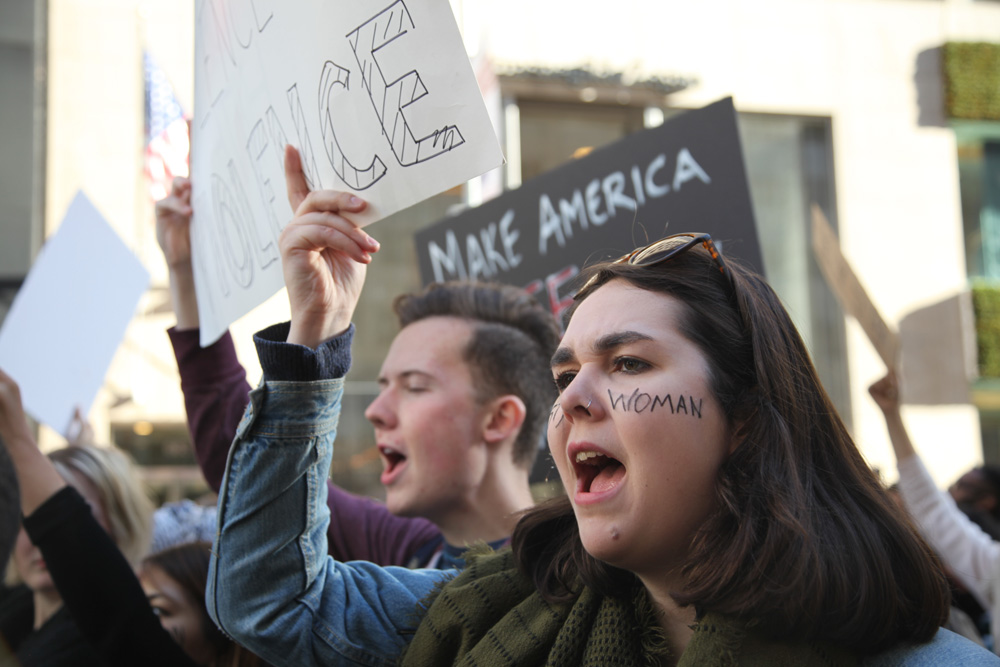
On March 8th, International Women’s Day, female activists around the world are hoping to trigger a new wave of feminism and to demonstrate the enormous impact of women by orchestrating a massive strike. Women everywhere are encouraged to stay home from work and to disengage from forms of unpaid labor, including housework and other so-called “women’s work.” The strike is organized by women in more than 50 countries. In the United States main organizers include the same minds behind the Women’s March on Washington, the anchor event of the most massive peaceful demonstration in history. Last month, the organizers of the Women’s March announced A Day Without a Woman which then partnered with the International Women’s Strike proposed by eight leading feminist figures – Linda Martín Alcoff, Cinzia Arruzza, Tithi Bhattacharya, Nancy Fraser, Barbara Ransby, Keeanga-Yamahtta Taylor, Rasmea Yousef Odeh, and Angela Davis.
While past waves of feminism have been criticized for exclusion, the International Women’s Strike aims for complete intersectionality. The official website states that “in the United States March 8th will be a day of action organized by and for women who have been marginalized and silenced by decades of neoliberalism directed towards working women, women of color, Native women, disabled women, immigrant women, Muslim women, lesbian, queer and trans women.” Women’s March echoes this sentiment, proclaiming that A Day Without a Woman aims to demonstrate “the enormous value that women of all backgrounds add to our socio-economic system–while receiving lower wages and experiencing greater inequities, vulnerability to discrimination, sexual harassment, and job insecurity.”
Schools and many offices are already preparing to close due to women announcing their participation in the strike. However, strike organizers also recognize that for many women, staying home from work is an impossibility. Women who can’t play hooky on March 8th are encouraged to wear red in solidarity and refrain from spending money.
For more information on how to participate in the International Women’s Strike, go to the official website. Get more information about A Day Without A Woman here. For more tips on how to get involved, read our exclusive interview with Women’s March organizer, Sarah Sophie Flicker.


